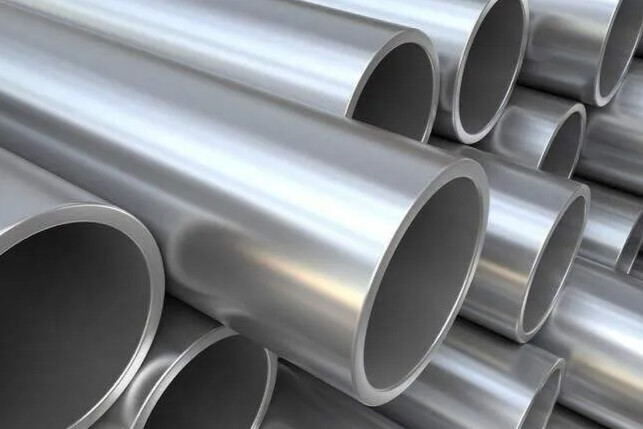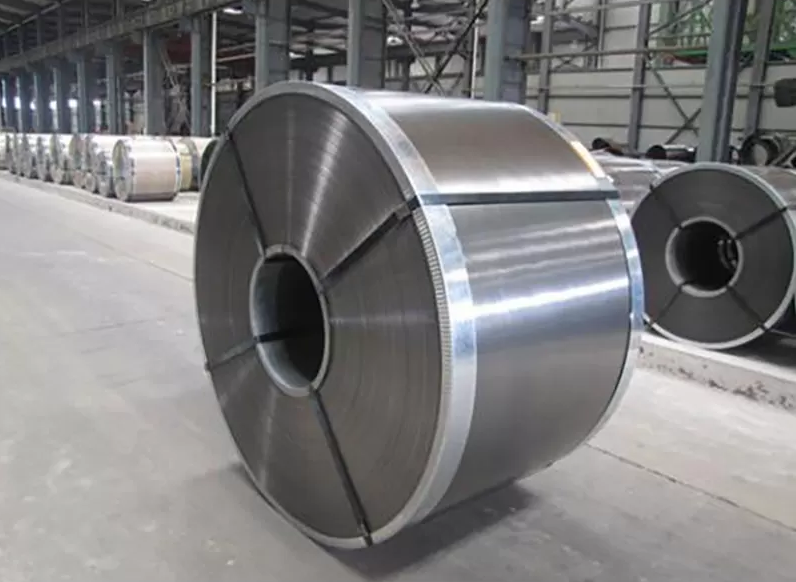Aluminum presents manufacturers and end-users with several benefits over other materials, including Strong, but lightweight construction. Aluminum demonstrates an excellent strength-to-weight ratio. Aluminum and aluminum alloys can exhibit strength equal to steel with one-third of the weight.
Durability. Aluminum material exhibits resistance to various environmental factors, including corrosive substances and UV radiation. This quality ensures a longer service life of aluminum products.
Flexibility and ease of fabrication. As aluminum is available in a variety of alloys with varying properties, it can be worked by several different manufacturing processes—including rolling, extrusion, forging, casting, etc.—for virtually any application.
Non-combustible. While aluminum does melt at around 600 degrees Fahrenheit, it does not burn or release potentially harmful gases.
Thermally and electrically conductive. Aluminum offers high electrical and thermal conductivity properties, enabling it to be used in electrical and thermal transfer applications.
Stainless Steel The Basic Types Of Surface Processing.
There are roughly five types of surfaces that can be used for stainless steel. They can be combined to produce more end products.
The five species are:
1. rolling surface processing
2. mechanical surface processing
3. chemical surface processing
4. mesh surface processing and color surface processing
There are also some special surface treatments, but no matter which one is specified, the
Following steps should be followed:
1. Work with the manufacturer to agree on the required surface processing, it is better to prepare a sample as the future batch production standards.
2. When used in large areas, such as composite boards, it is necessary to ensure that the same batch of base coil or coil is used.
3. Selection of surface processing should take into account the manufacturing process, such as: in order to remove beads, may be necessary to grind the weld, but also to restore the original surface processing. It is difficult or even unable to meet this requirement.
4, for some surface processing, grinding or polishing texture is directional, is called unidirectional. If this pattern is made vertical rather than horizontal when used, dirt will not easily adhere to it and will be easy to clean.
Can't find what you're looking for ?
Leave a Message we will call you back quickly!




